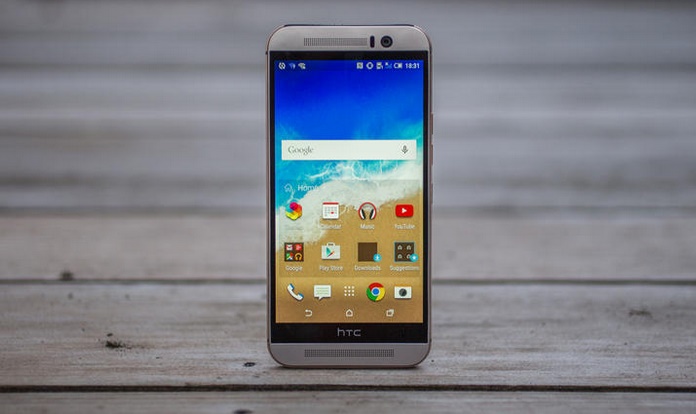Did you know that it takes 50 milliseconds (yep, that’s 0.05 seconds) for a first-time visitor to form an opinion about your website? What does this tell you? Well, it implies that everything on your site has to be on point to convince people to stay a little bit longer.
Okay, your site doesn’t have to be super sleek, with a stylish theme to draw attention. Even then, you must get the basics correct. What follows is a rundown of tried-and-tested design strategies that’ll make your website appealing while allowing you to achieve your goals.
Fast Load Times
When was the last time you waited 30 seconds for a site to load? Do you even have the time? The same case applies to your website. It has to be fast, as fast as possible. Why is this essential? A slow-loading site can harm your SEO efforts and by extension your revenue.
Therefore, it makes perfect sense to use only the fastest WordPress hosting such as JavaPipe’s service, WPX Hosting or Kinsta. Think of it as a way of improving user experience. That way, people can browse more pages and stay on your site longer. So, how fast should your website be? Work to ensure that a page can load in two seconds or less.
Visual Hierarchy
Visual hierarchy is all about making sure that your visitors can pick out the essential elements of a page without necessarily reading content.
For instance, if you have two or more call-to-action on a page, ensure that you emphasize the crucial one with a more noticeable button, special icon or bolder color. To make the most out of the visual hierarchy, be sure to determine the purpose of your business.
Ask yourself; what do you hope to achieve with a particular webpage? That way, you can figure out how to design that encourage your visitors to scan the page and check out the content.
White Space and Clean Design
People love to see white space on your page. Yes, they do. Because it helps them find what they’re looking for quickly.
So, make sure that you get rid of clutter to avoid chasing your visitors away. See, when a potential customer runs into a wall of text on your website, it is unlikely that his/her eight-second attention span can handle it. The ripple effect is that he/she will click away and visit another site.
The long and short of it is that white space improves legibility and makes it easy for you to communicate your brand’s image. More than that, it helps you capture your visitor’s attention.
Accessibility
When designing your website, ensure that anyone who lands on your pages can access all the information in an instant. Put differently; the structure has to be intuitive, from navigation to page layout. Further, make sure that your visitors are not jumping through hoops to use your website. Thus, website accessiblity is of immense importance.
What’s more? You should balance the background and text contrast to make the content more readable. Black text works perfectly on a white backdrop. Don’t forget to include images since the brain processes pictures 60,000 times faster than it does with text.
Tip – make sure that you optimize your site for mobile user experience. Keep in mind that more than 60% of searches happen on mobile devices these days.
Fonts, Fonts
One of the easiest ways to hurt conversions on your website is by using a small font. The last thing that you want to do is to make people struggle to read your content.
So, how do you go about it? Use a 16 pixels font as a minimum. Consider downloading the WhatFont extension for Chrome to enable you to view the size the font you plan to use, based on sites you like. Remember, the primary reason for writing content is for your visitors to read.
And, speaking of content, ensure that your headlines are attention grabbing. Of course, the copy has to be interesting to get to your visitors to read at least 28% of your write-ups
Final Thoughts
Your site has to be visually attractive and financially rewarding. Don’t forget that more than 380 websites pop up every minute, so you need to make yours count.
You can consider hiring an experienced web designer to help with the setup process. Still, you don’t have to take that route especially if you’re on a tight budget. All you need to do is to stick to the principles above, and you’ll boost your conversion rate while reducing the bounce rate.






Leave a Reply